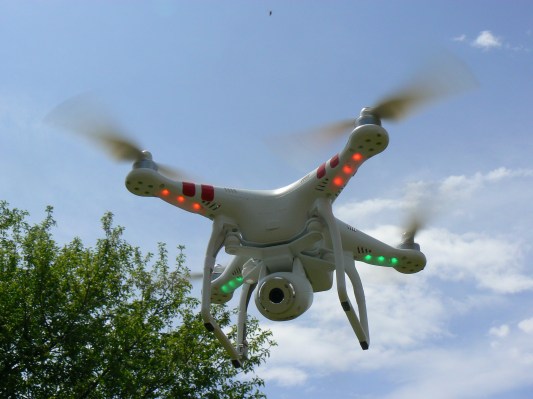The rules for commercial drone usage released last week by the U.S. Federal Aviation Administration (FAA) left some unanswered questions on the table. We discussed some of these with Thomas Gemmell, a former U.S. Air Force fighter pilot and the co-leader of the drone team at the law firm Husch Blackwell in Chicago.
The rules, which concern unmanned aircraft weighing less than 55 pounds and flying no more than 400 feet above ground, require that drones remain within the visual line of sight of the pilot. Remote pilots are also required to hold a remote pilot airman certificate.
State laws and privacy concerns
At the moment, there’s no federal law that governs drones and addresses privacy concerns. What we do have is at least 46 bills and regulations in different states. “Some of them apply to the type of data that’s been collected, some to the use of the data, some apply to not interfering with the lawful right to hunt and fish, and a lot of them go to the issue of voyeurism,” said Gemmell. “California has a larger concern for privacy, in particular people living in the LA area involved with movie and television operations.”
A federal law will preempt, or invalidate, all these state or local laws.
In terms of privacy protection on a national level, there are the General Best Practice Guidelines issued by the National Telecommunications and Information Administration (NTIA). They essentially warn drone operators to give notice before flying, to secure data that is collected and don’t share it and comply with state and local laws.
They are, however, voluntary guidelines.
Flying over private property
Let’s assume that homeowners don’t want any drones flying over their private properties. Could they claim any property right on the aerospace surrounding their properties? In other words, are drone operators allowed to fly drones around someone else’s property?
“It’s not entirely clear right now, but the point is that the FAA owns the aerospace,” said Gemmell. “So there’s not an issue of ‘You’re not allowed to fly over my aerospace.’”
What the private property owner who doesn’t want to be bothered by drones should likely do is say “you’re causing a nuisance” or “you’re flying in a reckless manner” or “you’re violating the state privacy law.”
Nuisance and reckless endangerment are the most likely causes of action, unless the drone lands or takes off on the property without authorization. In this case, the drone operator may be sued for trespass.
There are also local laws that prohibit you to fly over cities. “You have to know what the law is in your particular area,” Gemmell concluded.
Insurance
Under the rules for commercial drone usage, or Part 107, there’s no insurance requirement. “And that continues to be a bone of contention with a lot of people,” said Gemmell. “As a commercial drone operator, or even a hobbyist, I would make sure I have insurance.”
A lot of aviation insurers offer options for drone insurance. A drone policy should cover injuries, personal property, damages that can happen as a result and damage to the drone itself.
Drones for delivery
Right after the publication of the rules, many media organizations pointed out that the regulations were likely to eliminate Amazon’s drone delivery, because pilots are now required to keep the drone within their visual line of sight. But it’s a precipitous assumption.
“On June 21, the FAA specifically said that the rules do allow for delivery of packages,” Gemmell explained. “They left the aerospace between 400 and 500 feet open, and that is a proposed air route for package delivery that is being pushed by Amazon for the Prime Delivery Service.”
As overall judgement on the FAA’s rules, Gemmell said: “The new rules give a lot of leeway to people. You can be essentially someone who’s older than 16 years old, pass the knowledge test and you’re ready to go out and fly.”
